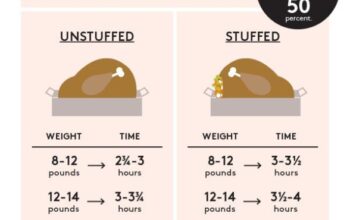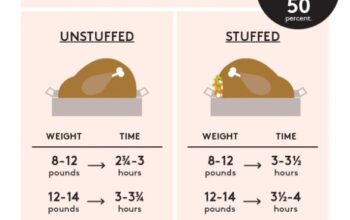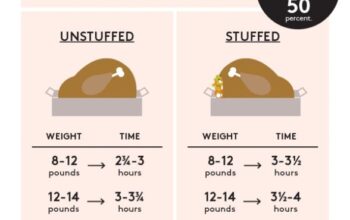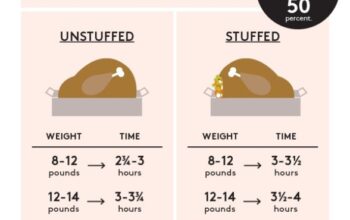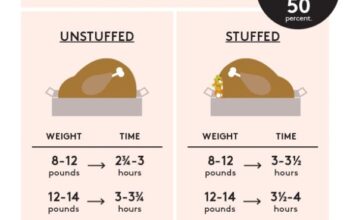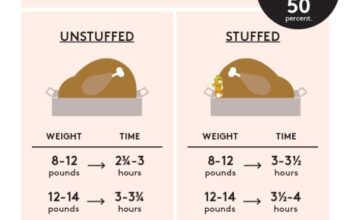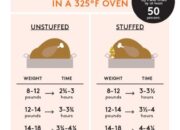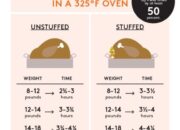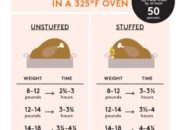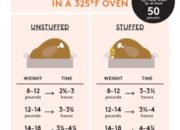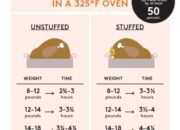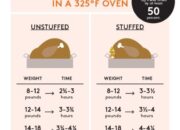How to Boil Eggs in a Pressure Cooker
What do you mean by boiling eggs in a pressure cooker?
Boiling eggs in a pressure cooker is a quick and efficient way to cook eggs. By using the high pressure created inside the cooker, you can cook eggs much faster than traditional boiling methods.
How to boil eggs in a pressure cooker?
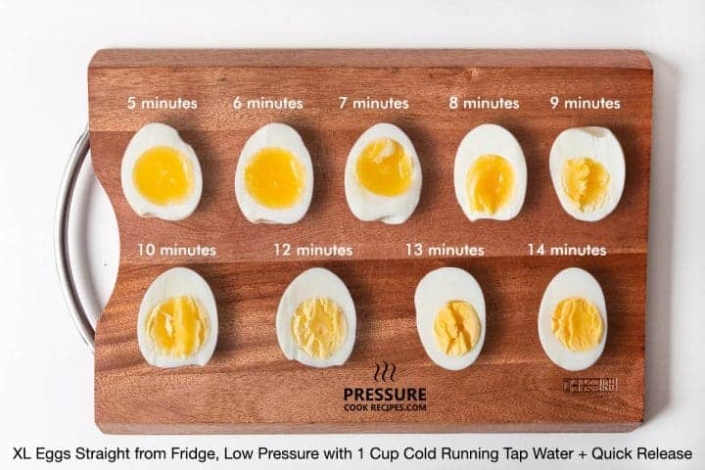
Image Source: pressurecookrecipes.com
To boil eggs in a pressure cooker, start by adding water to the cooker. Place a trivet or steaming basket in the cooker to hold the eggs above the water. Add the eggs carefully, making sure not to crack them. Close the lid of the pressure cooker and set it to high pressure. Cook the eggs for the desired amount of time, then release the pressure and remove the eggs from the cooker.
What is known about boiling eggs in a pressure cooker?
Boiling eggs in a pressure cooker is known to be a quick and effective method of cooking eggs. The high pressure inside the cooker helps to cook the eggs evenly and quickly, resulting in perfectly boiled eggs every time.
Solution for boiling eggs in a pressure cooker
If you’re looking for a fast and easy way to boil eggs, using a pressure cooker is the perfect solution. With just a few simple steps, you can have perfectly boiled eggs in no time.
Information on boiling eggs in a pressure cooker
Boiling eggs in a pressure cooker is a great method for cooking eggs, especially if you’re short on time. The high pressure inside the cooker helps to cook the eggs quickly and evenly, resulting in perfectly boiled eggs every time.
How to Boil Eggs in a Pressure Cooker: Step by Step Guide
1. Add water to the pressure cooker.
2. Place a trivet or steaming basket in the cooker.
3. Carefully add the eggs to the trivet or basket.
4. Close the lid of the pressure cooker and set it to high pressure.
5. Cook the eggs for the desired amount of time.
6. Release the pressure and remove the eggs from the cooker.
Conclusion
Boiling eggs in a pressure cooker is a quick and efficient way to cook eggs. By using the high pressure created inside the cooker, you can have perfectly boiled eggs in no time. With just a few simple steps, you can enjoy delicious boiled eggs whenever you want.
FAQs
1. Can I use a pressure cooker to boil eggs?
Yes, a pressure cooker is a great tool for boiling eggs quickly and efficiently.
2. How long does it take to boil eggs in a pressure cooker?
The cooking time will vary depending on the desired doneness of the eggs, but typically takes around 5-7 minutes.
3. Can I cook multiple eggs at once in a pressure cooker?
Yes, you can cook multiple eggs at once in a pressure cooker, as long as they fit comfortably in the cooker.
4. Can I use a pressure cooker to make hard-boiled eggs?
Yes, a pressure cooker is a great way to make hard-boiled eggs, as the high pressure helps to cook the eggs evenly.
5. Do I need to use a trivet or steaming basket when boiling eggs in a pressure cooker?
Using a trivet or steaming basket is recommended when boiling eggs in a pressure cooker, as it helps to keep the eggs above the water and cook them evenly.
6. Can I add salt or vinegar to the water when boiling eggs in a pressure cooker?
Yes, you can add salt or vinegar to the water when boiling eggs in a pressure cooker, as it can help to prevent the eggs from cracking.
7. Are eggs cooked in a pressure cooker safe to eat?
Yes, eggs cooked in a pressure cooker are safe to eat, as the high pressure helps to cook the eggs thoroughly.
how to boil eggs in pressure cooker

